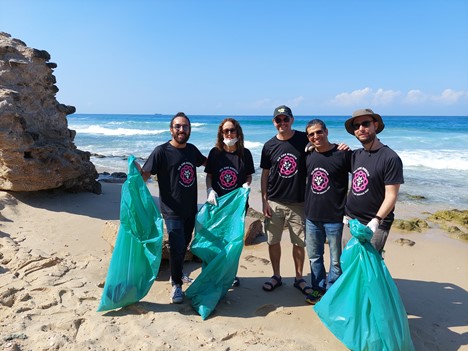Ribbon’s Commitment to Global Good: Environmental, Social and Governance Sustainability Excellence (Part 1)
Author’s note: This is the first in a two-part article highlighting Ribbon’s sustainability program. In Part 1, I will examine how we are working to comply with global standards and explore our commitment to being a responsible corporate citizen.
I strongly believe in the saying that “Actions Speak Louder Than Words,” and at Ribbon that is how we approach our Environmental, Social and Governance (ESG) performance – with strong, aggressive actions. Our formal sustainability program, which was established nearly a decade ago with the modest objectives of focusing on our buildings and products, has evolved into an integral part of our ethos and one that is recognized across the industry as evidenced by our multiple awards for excellence in sustainability from the Telecommunications Industry Association (TIA).
Complying with Global Standards
In October 2021, we published our second annual Sustainability Report, communicating in detail our ongoing progress and compliance with the Global Reporting Initiatives (GRI) and the Sustainability Accounting Standards Board (SASB) industry standards regarding ESG performance.
The GRI provides businesses guidance to steer their sustainability reporting in the right direction. The standards have become the global leader for organizations to report their economic, environmental, and social impact. In 2017, 75% of the largest companies in the world reporting on sustainability used the GRI standards.
SASB Standards identify the subset of environmental, social, and governance issues most relevant to financial performance in 77 industries. They are designed to help companies disclose financially-material sustainability information to investors.
Committed Corporate Citizen
In October 2021, we published our second annual Sustainability Report, communicating in detail our ongoing progress and compliance with the Global Reporting Initiatives (GRI) and the Sustainability Accounting Standards Board (SASB) industry standards regarding ESG performance.
The GRI provides businesses guidance to steer their sustainability reporting in the right direction. The standards have become the global leader for organizations to report their economic, environmental, and social impact. In 2017, 75% of the largest companies in the world reporting on sustainability used the GRI standards.
SASB Standards identify the subset of environmental, social, and governance issues most relevant to financial performance in 77 industries. They are designed to help companies disclose financially-material sustainability information to investors.
We are strongly committed to:
- Protecting the environment and preventing pollution within our products' lifecycles with responsible product design and by requiring our suppliers to adhere to sustainable practices.
- Fulfilling our compliance obligations by following all applicable environmental legislation and other requirements.
- Continually improving our Environmental Management System (EMS) to enhance our environmental performance.
- Utilizing environmental awareness education and implementing administrative controls to assess our compliance obligations, processes and practices, and to identify opportunities for reductions in energy usage, carbon emissions and waste.
Here are just a few recent examples of recent reductions to our environmental:
- Over the last few years our network transformation solutions have enabled lower carbon footprints in large telecom operators’ networks, reducing power consumption by 70% and real estate by 85% compared to the legacy systems they replaced.
- We consolidated many of our R&D labs, reducing our footprint and overall power demand as well as recycling over 140,000 lbs. of electronic hardware.
- We drove electricity efficiencies through equipment replacement and movement of data storage to the cloud.
- Our new waste-stream management program has increased our recycling capabilities and reduced overall waste produced, resulting an increase in waste recycled to 31% from 25% in 2018.
- We completed low-energy LED lighting upgrades at four facilities, installed electricity auto-shutoffs in sites,
- In 2019, we achieved a reduction of 2% in greenhouse gas emissions per employee across Ribbon operations.
As you can see from these examples, we are taking a holistic approach to lessening our impact on the environment.
In Part 2, I will focus on some of the highlights from our most recent Sustainability Report. I will also explore the specific areas around sustainability that we are concentrating on and highlight the key targets that we have set to achieve our goals.




